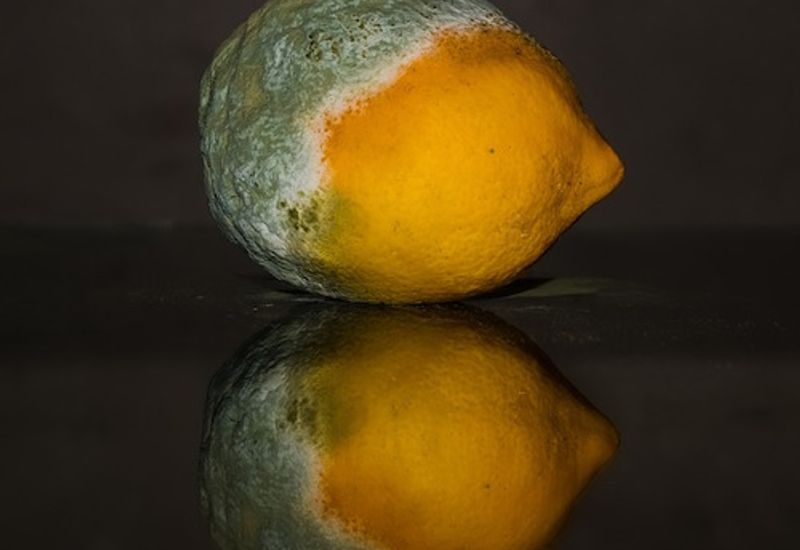As a student, you can't be affording to throw food away, so we've made a guide for when food is ok to eat and when it should be chucked.
Modern society, with all that fast food, 24-hour supermarkets, sell-by dates, use-by dates and Instagram-perfect snaps of food is causing us to throw away more perfectly good food than ever before. As an example, consumers throw away 40% of the bagged salad leaves they buy, which is not only bad for our lovely planet but also ridiculously expensive.
Have you seen how much a bag of rocket is now? So, as a poor student trying to a) save the bees b) save money and c) save yourself from food poisoning, how can you tell if food is safe to eat or not? We’ve put together a guide to all the weird and wonderful things you might find in a student fridge.
When should you throw away vegetables?
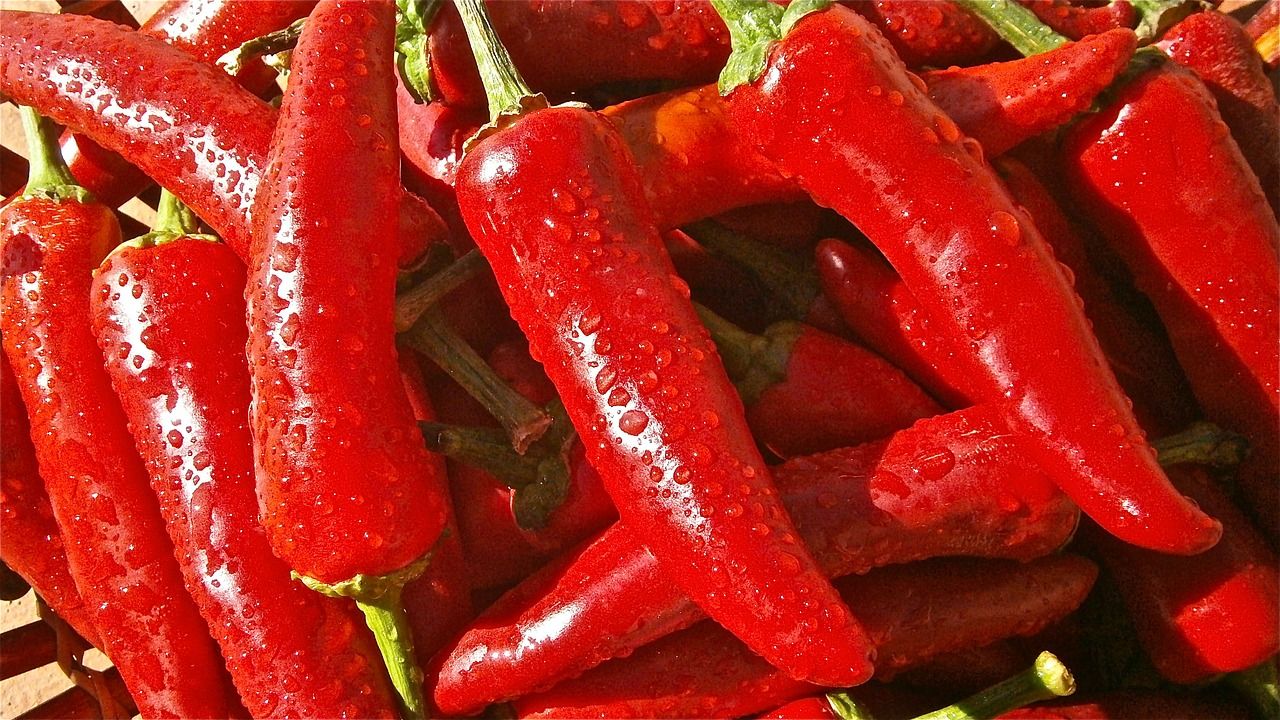
1. Peppers
A fresh pepper that you’ve just picked up from the shop will look all shiny and taut. You can tell if it’s starting to fade by looking at the skin. See those wrinkles? That means it’s getting on a bit, but is still good to eat.
Unless it’s mouldy or turned to soggy smush at the bottom of the crisper drawer, you can still tuck into a pepper that's a few weeks old.
2. Potatoes
Don’t eat green potatoes! If your potatoes are sprouting slightly, that’s fine and you simply need to remove the sprouts first, but if they feel spongy when you squeeze them, they’re a bit past their best and aren’t suitable for much but mash because they won’t hold their shape. Best buy some sausages and gravy.
3. Onions
If your onions look a little soft and gross on the outside, cut them in half and have a look at the inner layers. Quite often onions spoil from the outside in, so you might find that the inner layers are still fresh enough to cook with.
4. Scraps and Peelings
Don’t throw them away! Make a nice vegetable stock with all those odds and ends that you’d normally chuck in the bin.
When should you throw away fruit?
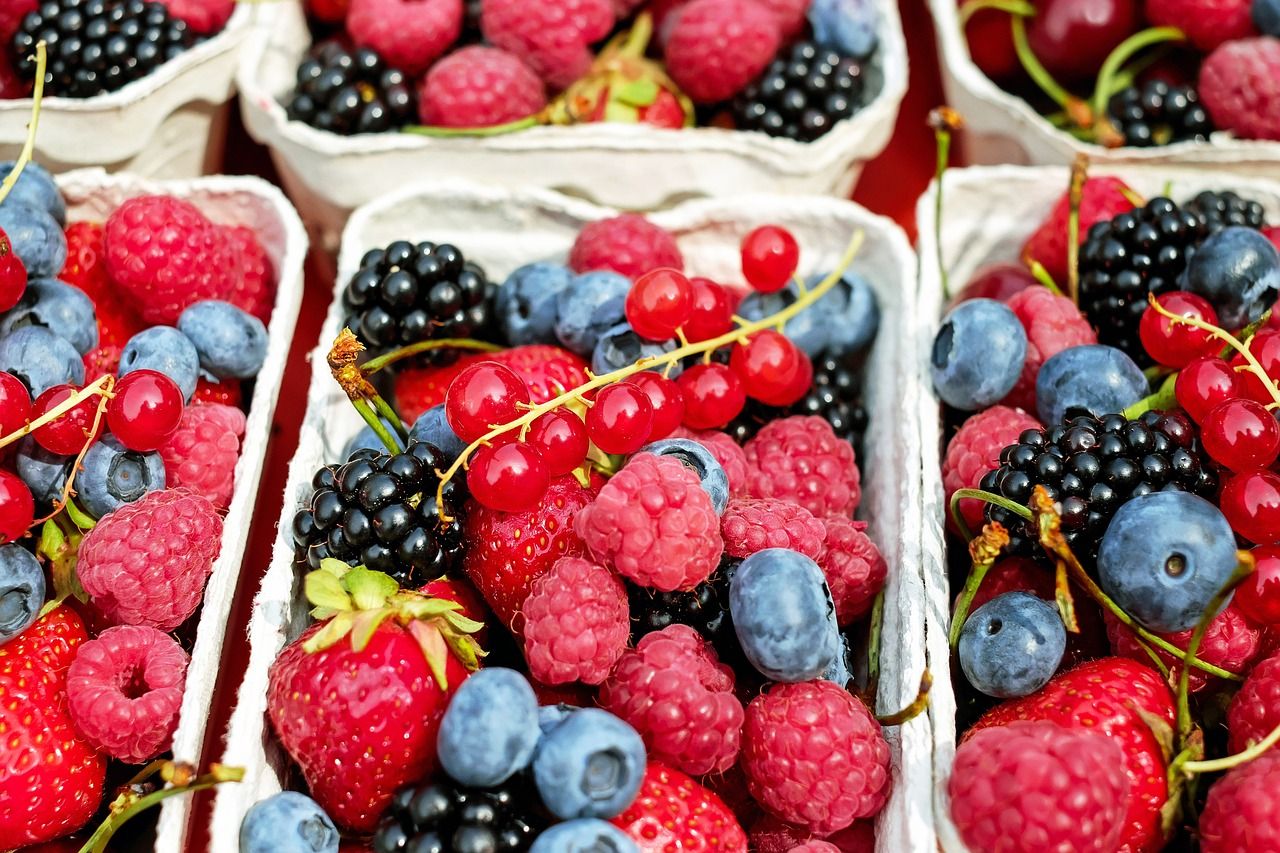
1. Tomatoes
If they grow odd little mould beards, chuck them out. If they’re a little wrinkled, like the peppers, then fry them or make a pasta sauce rather than adding them to your salad.
2. Berries
If they go squishy before they go mouldy, chuck them in a smoothie or a pie.
3. Grapes
Freeze them and use them to cool down drinks without diluting all that lovely alcohol.
4. Apples
I don’t think I’ve ever seen an apple actually go off - they sort of shrivel instead. Slice them, cover them in sugar and cinnamon and bake them for a tasty snack.
5. Bananas
If you accidentally abandoned your bananas and they are now more black than yellow, you can still mash them up and make some delicious banana bread instead of chucking them in the bin.
When should you throw cheese away?
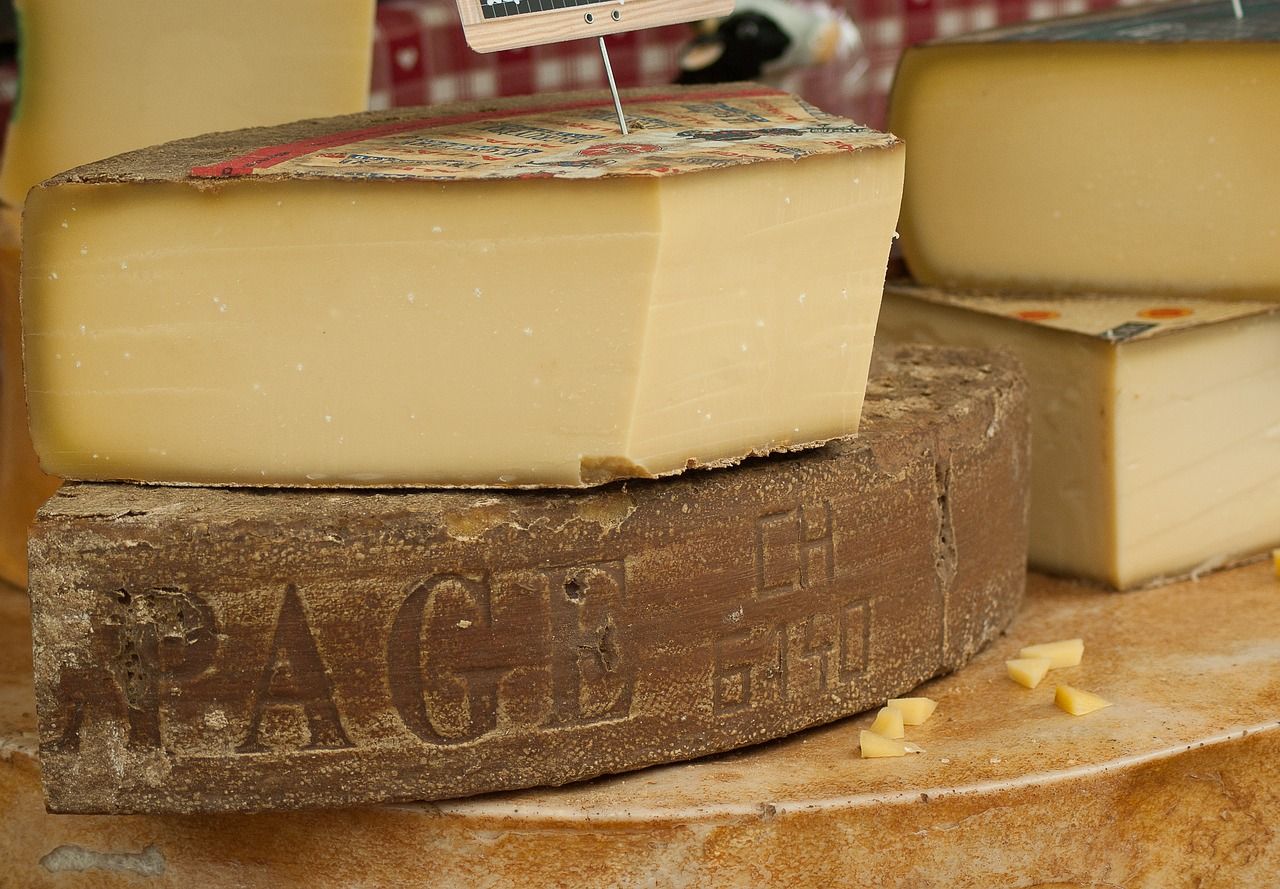
1. Hard cheeses
If you can see a little mould, just cut off a good chunk around the mouldy spot and eat the rest.
2. Soft cheeses
With cheese, the more pungent the better with a little red wine on the side. Don’t risk soft cheeses if they’re mouldy, though.
When should you throw meat away?
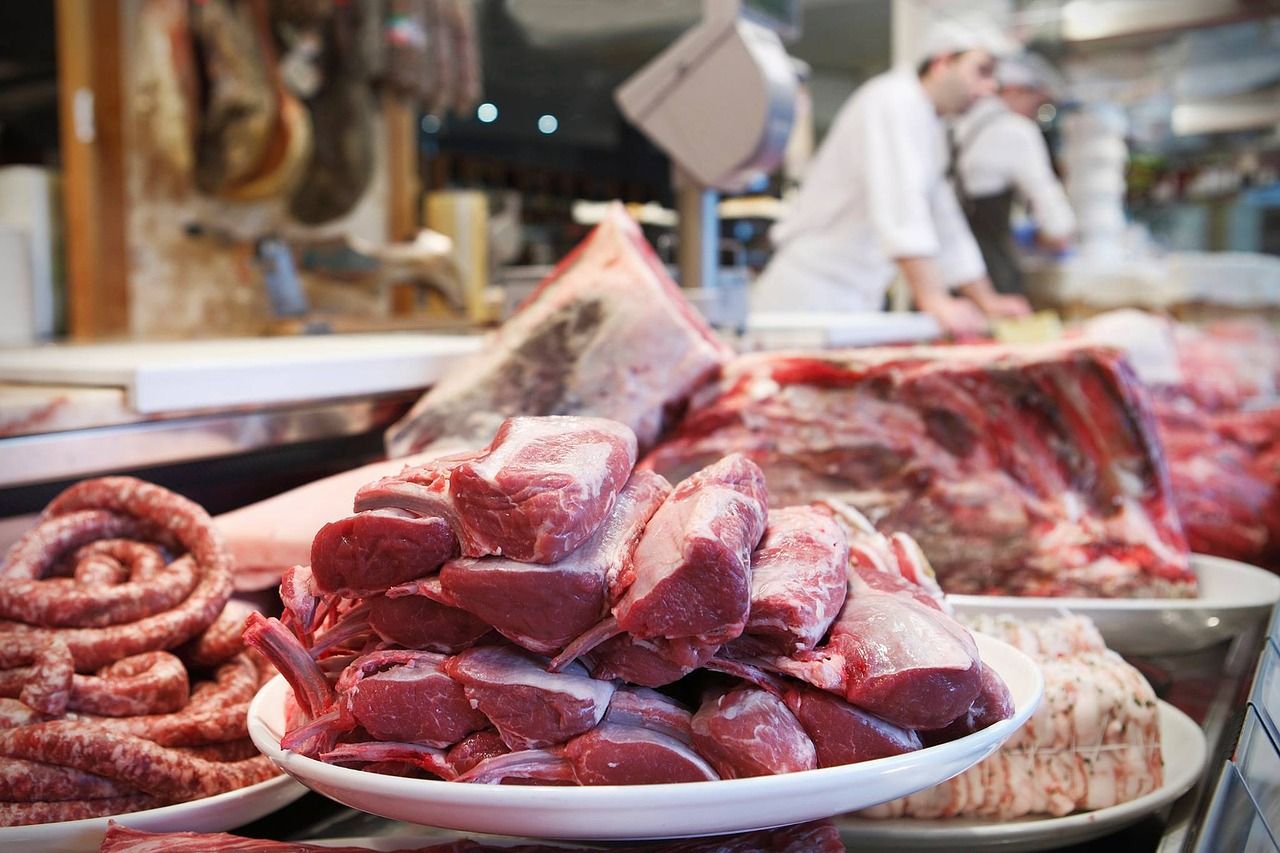
1. Chicken
Follow the instructions on the packet as closely as possible for chicken. If in doubt, a good sniff should do the job - you’ll be able to tell instantly whether chicken is off or not. The less it smells, the fresher it is!
2. Fish
Again, be very cautious with fish and follow a similar rule to chicken, relying on your nose more than your eyes to figure out if it’s ok to eat. The fainter the fish smell, the fresher the meat.
3. Red Meat
Once again, stick to the instructions for meat. If you use a few slices of bacon, rewrap the packet and use the rest as soon as possible. If you can't eat a packet of sausages in one sitting, they freeze very well.
What about other things?
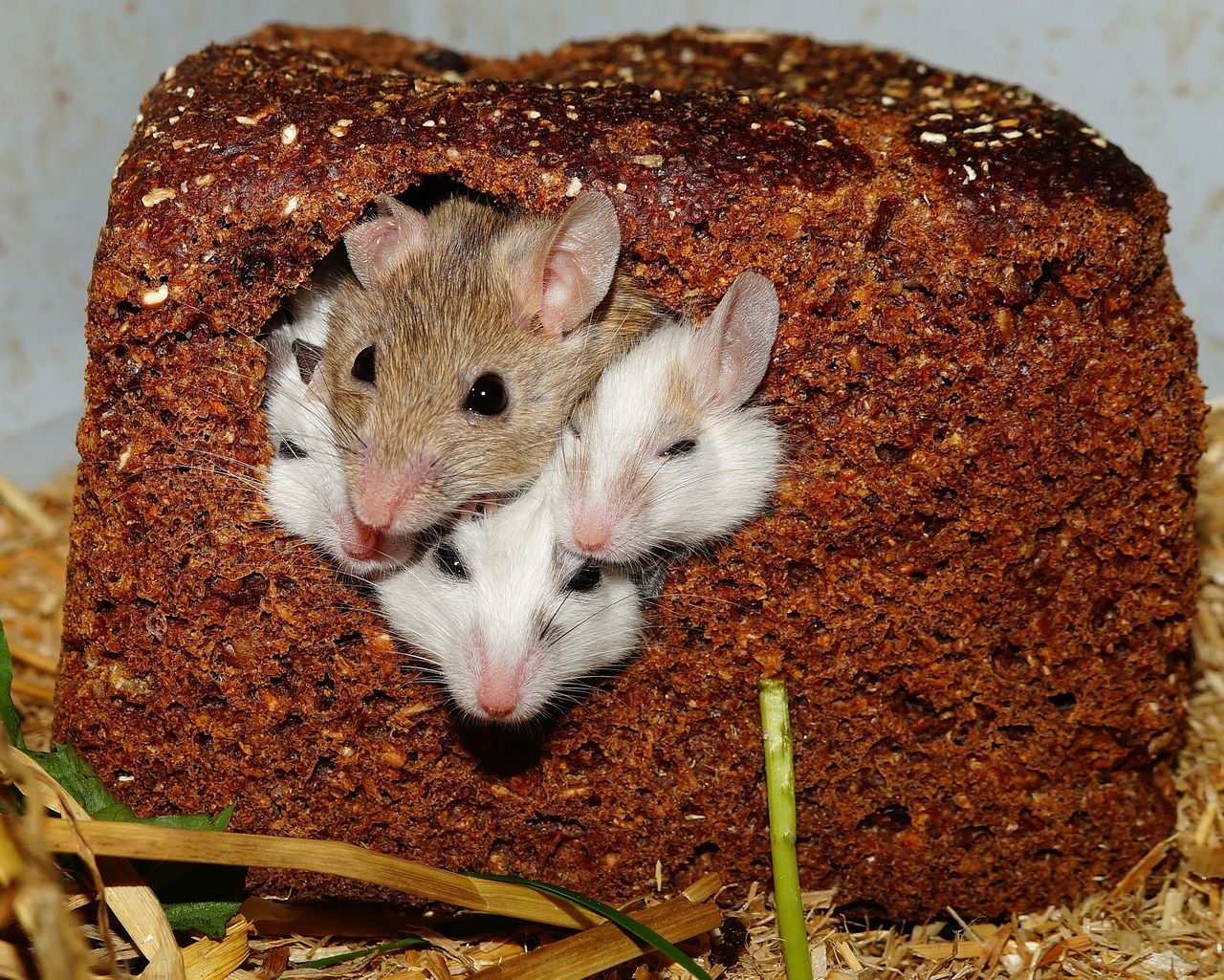
1. Bread
Stale bread? Whip up a bread and butter pudding, bread sauce or even some croutons with dry white bread. And I cannot stress how important it is to LOOK at bread before you tuck into it, especially if it's dark and you are drunk. You don't want to end up with a mouthful of powdery mould.
2. Chocolate
As long as it’s been carefully wrapped, that strange white layer on the surface is completely harmless.
Do you have any recipes for using up ingredients on the verge of turning? Join the Student Hut Community today to get exclusively curated content sent to your inbox and access to paid surveys.

